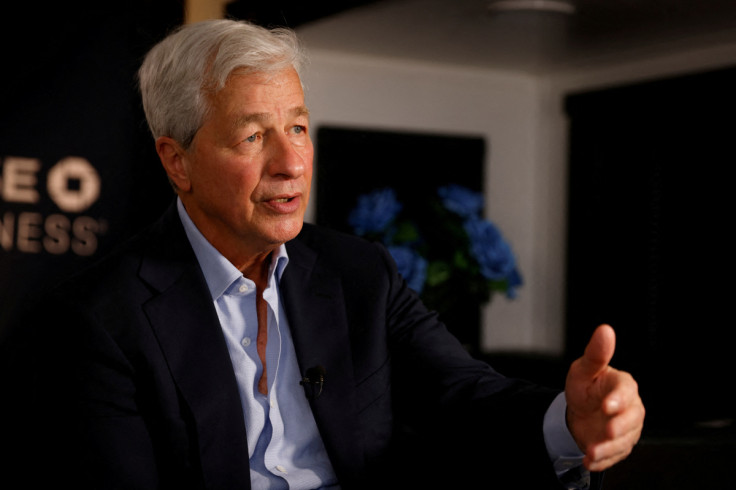Any time an actor announces retirement, it should always be taken with a pinch of salt. For every star who sticks to their guns and becomes a permanent exile from the silver screen, another eventually caves. Even if he remained inundated with offers for years following his exit, Cary Grant was always a man of his word.
Jack Nicholson and Gene Hackman didn’t officially confirm that their performing days were over, but when they made a habit of disappearing from the public eye and turning down any scripts that came across their desk, their stance became clear. Michael Caine informed everyone that he was done, and it seems unlikely that his mind would be swayed unless Christopher Nolan had something to say about it.
Meanwhile, Daniel Day-Lewis is in the midst of making a comeback, regardless of how short-lived it may or may not be, while Cameron Diaz decided the best way to end a decade in the wilderness was with a terrible Netflix movie. Grant was one of Hollywood’s biggest and most celebrated stars, and once he decided he was done with the business, his sentiments never shifted.
That said, he did spend a couple of years licking his wounds after a string of flops in the early 1950s, although he wasn’t allowed to wallow in self-pity for long when Alfred Hitchcock came knocking. 1966’s rom-com Walk, Don’t Run would turn out to be his final feature, and at no point did Grant ever seriously contemplate a return.
Instead, he decided to spend the last 20 years of his life doing what he was entitled to: enjoying the wealth he’d accumulated from decades in the spotlight by doing whatever he wanted, and embarking on a series of speaking tours that paid handsomely. So handsomely, in fact, that the reason he always refused to do one of them on TV is that having it available to a mass audience could potentially harm ticket sales for the live show.
Trapped in the awkward transition phase between the ‘Golden Age’ and ‘New Hollywood’, Grant was smart enough to realise that the type of movies that made him famous were going out of fashion, and he wasn’t thrilled with the direction in which the industry was heading. There was another reason, too: like a proto-Quentin Tarantino, he didn’t want to see himself become a slumming old-man actor.
“When I was a young man, I saw an actor I regarded so highly, a very big star in the silent movies,” he explained. “And when I saw him years later in a film, I was so disappointed. He was not the same man. He was the same man, but, my goodness, he didn’t look like the same man. I was very disappointed that he had aged, or was ageing.”
A combination of a seismic shift in the kind of pictures being made in Hollywood and his fear of being seen as a past-it veteran clinging onto their glory years conspired to make Grant’s mind up, and he lived out his last two decades with another movie role the furthest thing from his mind.
Popular News




Current News
Manufacturing

Collaboratively administrate empowered markets via plug-and-play networks. Dynamically procrastinate B2C users after installed base benefits. Dramatically visualize customer directed convergence without
Collaboratively administrate empowered markets via plug-and-play networks. Dynamically procrastinate B2C users after installed base benefits. Dramatically visualize customer directed convergence without revolutionary ROI.





About Us
Tech Photos
























